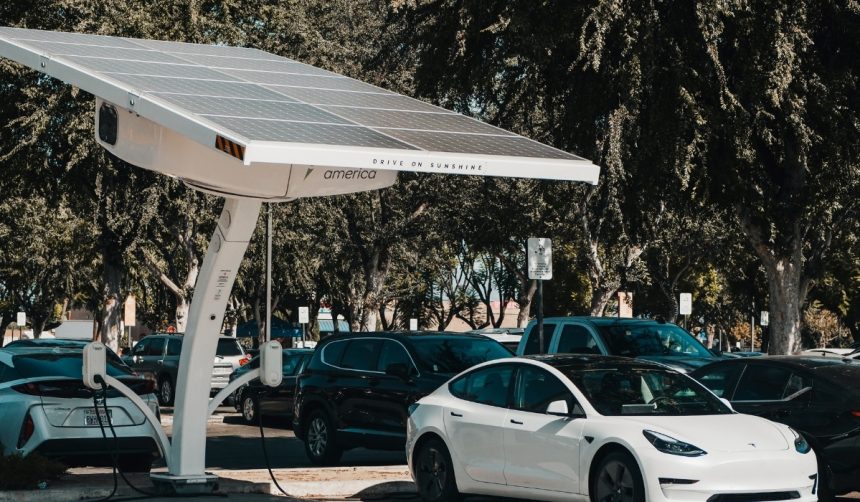Self-driving technology continues to gain attention as real-world users in China compare Tesla’s Full Self-Driving (FSD) system with other autonomous solutions. As the feature navigates through bustling urban streets and intricate rural pathways, drivers report new insights into its strengths and weak points. The reactions of Chinese consumers, a critical demographic for the global automotive industry, are helping to shape perceptions of full self-driving capabilities. Observing these systems in daily commutes reveals not only technical differences but also user confidence in emerging AI-driven mobility.
Comparing recent discussions with earlier reactions, public skepticism toward autonomous driving has been gradually replaced with cautious optimism. While early feedback in China often focused on regulatory uncertainties and unfamiliarity with hands-free technology, more recent reports reflect firsthand experience with specific driving systems like Tesla FSD and Huawei ADS. The contrast in sentiment is especially visible as drivers share independent assessments on varied terrain, leading to more balanced views of safety, reliability, and practical usability. Differences in brand trust and features such as emergency interventions and adaptability on unmarked roads have become focal points, showing a clear evolution in user expectations and industry competition.
How Does Tesla FSD Behave on Chinese City Streets?
Recent accounts describe Tesla’s FSD in China as delivering a driving style that many find similar to attentive human behavior. Owners report that the system exercises heightened caution, particularly in environments crowded with pedestrians and scooters. Even on narrow or complex roads, the FSD is said to adjust speed smoothly and minimize abrupt maneuvers. One local driver summarized their experience by stating,
“On narrow roads, it slows down appropriately; on major roads, it picks up speed. When there are a lot of pedestrians or electric scooters, it’s overly cautious — almost too polite.”
How Does Huawei’s ADS System Stack Up?
Testers found marked contrasts between Tesla’s FSD and Huawei’s ADS on the Aito M9 SUV. Over 90 minutes of usage, the ADS system reportedly produced inconsistent responses, especially on tight or challenging routes. Issues cited include lagging acceleration, abrupt speed changes, and a less refined transition between braking and acceleration. These characteristics led one driver to note the system’s “robotic vibe,” with mechanical actions diminishing overall comfort.
Are Safety Interventions Still a Concern?
Users testing both systems highlighted the frequency of necessary human takeovers—termed safety interventions. Reports indicate that within a 30-minute drive through construction-heavy zones, Huawei ADS prompted four interventions that potentially averted collisions. In contrast, the same user experienced zero interventions while using Tesla’s FSD over a two-month period on a range of unpredictable roads, suggesting steadier performance under these circumstances. This anecdotal pattern is prompting industry observers to reconsider the pace at which autonomous functions can reliably replace human judgment, particularly in complex environments.
Current feedback from Chinese drivers using Tesla FSD and Huawei ADS suggests that subtle differences have a significant impact on user trust. While safety remains the top priority for users and regulators, individual accounts can only provide a limited view of each system’s capabilities. For those interested in autonomous vehicle adoption, practical experiences offer valuable information beyond technical updates. Observing how drivers adapt their habits and evaluate trust in technology will be essential as the market for intelligent vehicles continues to expand. Monitoring ongoing developments and regulatory adjustments will also provide insight into which platforms might gain broader acceptance in highly dynamic markets like China. Comparatively, those selecting an FSD-enabled model like Tesla or a Huawei-backed Aito M9 should consider both their driving environment and comfort with machine interventions, recognizing that autonomous systems remain works in progress.
- Tesla’s FSD demonstrates smoother driving with fewer safety interventions in China.
- Huawei’s ADS system experienced more takeovers, especially in difficult road conditions.
- User trust hinges on real-world performance, safety, and adaptability in local traffic.










